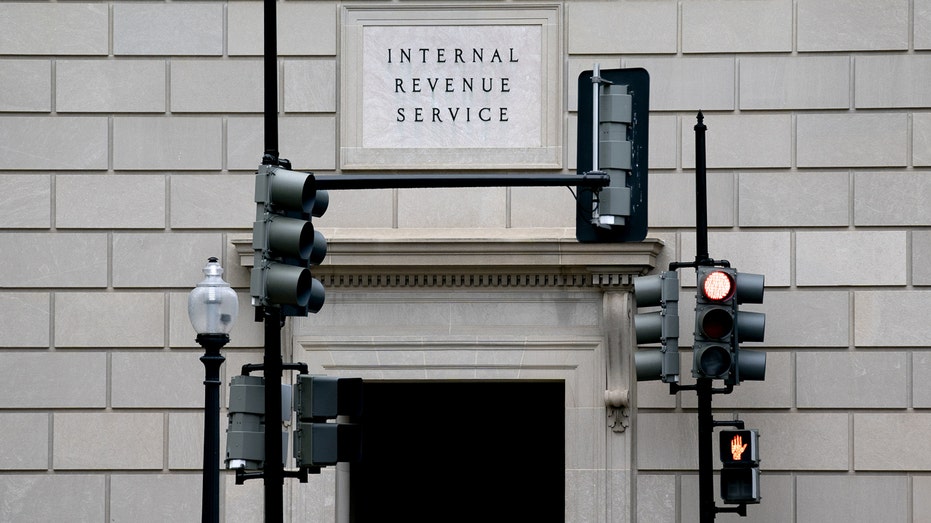How to pay a 0% tax rate on capital gains
US tax code has a 0% rate on investment income - how to take advantage of it
What you need to know about filing post-COVID taxes in 2023
Jackson Hewitt Tax Service senior vice president Mark Steber explains how Biden's proposed tax hikes could impact returns on 'The Claman Countdown.'
Taxpayers who sold some investments this year may be able to employ an oft-overlooked tool to whittle down the taxes owed and qualify for a 0% rate.
There are three income-based tax brackets on long-term capital gains: 0%, 15% and 20%, as well as a 3.8% Medicare surcharge imposed on the wealthiest Americans.
For the 2023 tax season, the 0% rate on long-term capital gains – any asset held for longer than a year – can be applied to taxable income of $41,675 or less for single filers and $83,350 or less for married couples filing jointly.
The income limits are also higher than they appear: That's because the 0% rate is based on an individual's taxable income, which is calculated by subtracting the standard deduction or a total of itemized deductions – whichever is greater – from your adjusted gross income. In 2022, the standard deduction is $12,950 for single filers and $25,900 for joint filers.
IRS UNVEILS SPENDING PLAN FOR $80B FUNDING BOOST

View of the Internal Revenue Service (IRS) building in Washington, DC, on January 24, 2023. (STEFANI REYNOLDS/AFP via Getty Images / Getty Images)
Nominally, that means the rate applies to a minimum of $57,575 for individuals and $109,250 for married couples.
But even for taxpayers that qualify for the rate, there are limitations.
"There’s a lot of confusion about how the 0% rate works," Eric Bronnenkant, a certified financial planner and the head of tax at Betterment.com, told FOX Business. "The way I try to start the explanation is that there’s no such thing as an unlimited 0% rate."
One important caveat is the concept of "stacking," he said, in which ordinary income is used as the primary qualifier for the 0% rate.
For instance, if an individual had long-term capital gains and qualified dividends of $20,000 and earned $100,000, they may falsely believe they are eligible for the 0% rate. But because of the "stacking" principle – in which ordinary income is at the bottom and the capital gains are on the top – a $100,000 salary would push that individual into the 15% rate.
HIGH INFLATION COULD HIT YOUR TAXES THIS YEAR - HERE'S HOW

A blank 1040 tax return form from the IRS. (iStock / iStock)
"I would call it a common misconception," Bronnenkant said.
On top of that, there is a limit to how much investment income is tax-free. Even if taxpayers have no taxable income, the 0% rate on long-term capital gains only works up to the income-level threshold.
"A common question I’ve gotten is, ‘If all I have is $1 million in long-term gains and qualified dividends and that’s my only income, can I get the 0% rate?'" he said. "I’m like yes, but not on $1 million. You’ll get it on a small portion of that amount."
There are also strategies that higher earners can utilize in order to take advantage of the 0% long-term capital gains tax rate, according to Michael Ruger, partner and chief investment officer at Greenbush Financial Group in Albany, New York.

The Internal Revenue Service (IRS) building in Washington, D.C., U.S., on Saturday, June 26, 2021. (Photographer: Stefani Reynolds/Bloomberg via Getty Images / Getty Images)
CLICK HERE TO READ MORE ON FOX BUSINESS
Taxpayers can play what Ruger referred to as the "income timing game" to optimize the lower rate: If an individual plans to retire soon, they may consider waiting to sell that investment property until after retirement, because they will fall into a lower tax bracket than in their working years.
"When you look at someone who you have some of these higher-net worth individuals, they can basically pick their tax rate," he told FOX Business. "They don't show an income. They're pulling money out of after-tax assets."





















